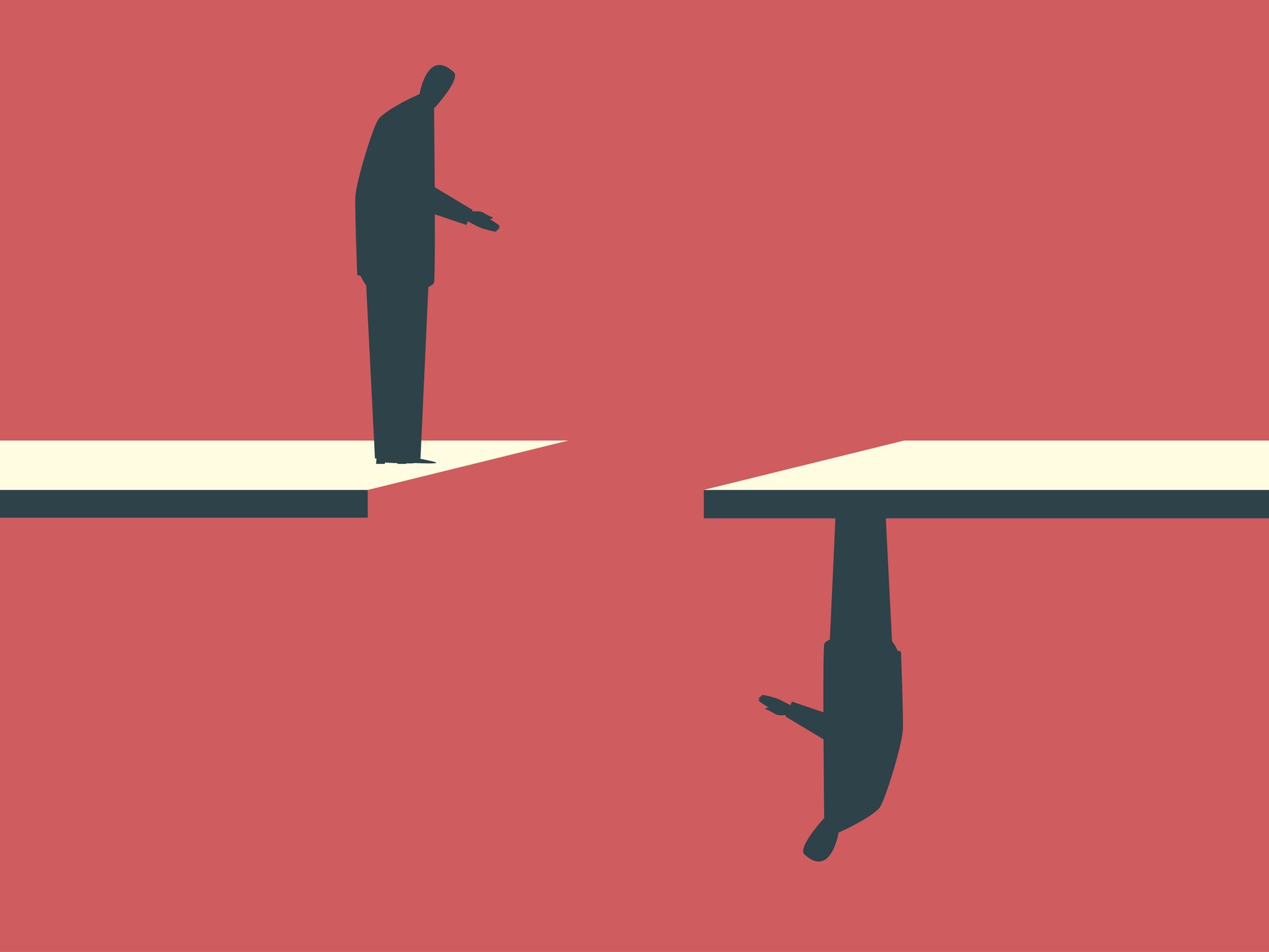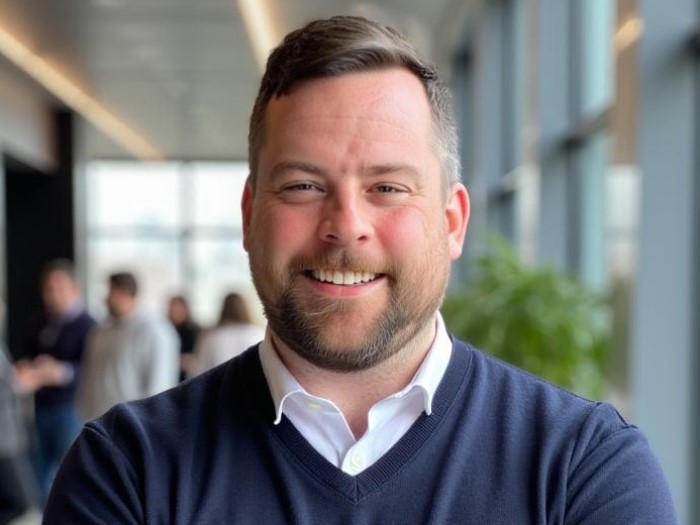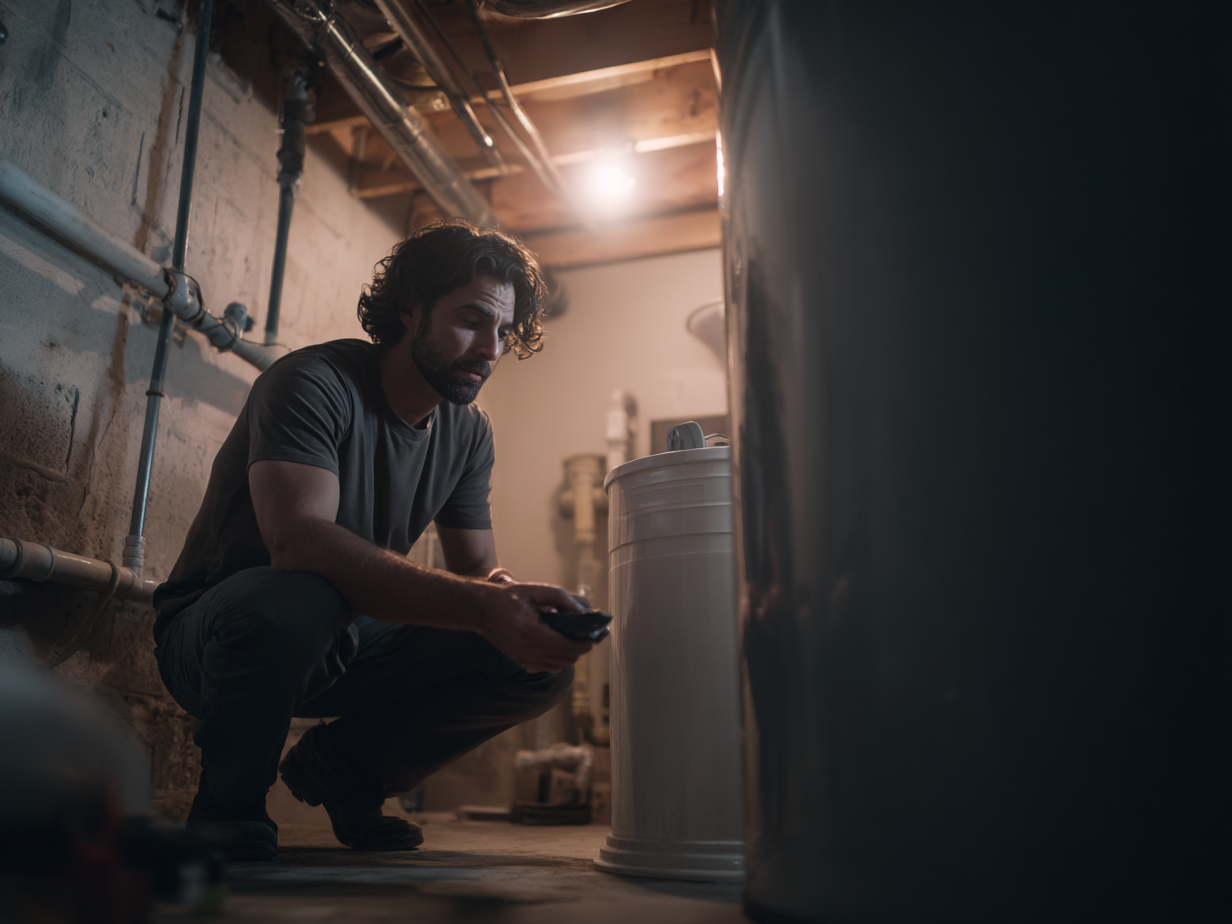Predict & Prevent™ Will Shape Our Future, but Its Underlying Principles Have a Distinguished Past
As you can see throughout the March/April special issue of Risk & Insurance, as well as here on the risk website, there is growing momentum to find a better way to help individuals, businesses and society manage the severe risks they are facing: Predict & Prevent™.
This approach — which supports, not supplants, traditional risk transfer — uses the growing volume of risk data and successful resilience strategies to better predict and prevent losses before and help us bounce back more quickly when they do happen.
But a big question remains: How can we put these principles and practices into action?
To capture the benefit of emerging solutions, all stakeholders — communities, insurers, public policymakers, tech innovators and insureds — will need to work together to identify best practices and successful strategies for Predict & Prevent. The results of that collaborative effort should be shared widely for the broadest impact.
The good news is that we’ve seen similar approaches before where collective action has produced important research on risks for the good of society.
In 1893, only one year after Thomas Edison launched the first commercial electrical power system, a young electrical engineer at the World’s Columbian Exposition in Chicago proposed evaluating the safety of a growing array of electrical devices to prevent risk of injury and fires in homes and businesses.
Insurance groups in 1894 funded the creation of Underwriters Laboratories. Today, the organization is known as UL Solutions and has evolved beyond certification of electrical safety standards to also include certification of fire safety devices, fire-resistant building materials and much more.
Another collaborative risk research effort followed the Eisenhower Administration’s proposal of an interstate highway system in 1956.
A trio of insurance trade associations in 1959 created the Insurance Institute for Highway Safety (IIHS). The IIHS evolved from funding research by others to scientific study of the structural integrity of vehicles and safety systems in collisions, as well as human factors behind car accidents. Automakers are producing safer vehicles because of IIHS research.
For example, in 1995, when IIHS began crash tests in which 40% of the car’s width strikes a road barrier at 40 mph, half of vehicles earned a marginal or poor score. Today, most vehicles earn good ratings for protecting passengers in this type of crash. Along the way, the IIHS has kept pace with new risks, from distracted driving due to smartphones to advances in autonomous vehicles, and assessment of crash detection technologies.
One more successful risk research initiative, focused on making our homes and businesses stronger and safer, is the Insurance Institute for Business & Home Safety (IBHS). The IBHS, founded in 1977 by the property/casualty insurance industry, is a leader in advancing the need for communities and businesses to become more resilient. All these efforts show what is possible when risk and insurance professionals apply their acumen to solving major risk challenges facing society.
Predict & Prevent similarly can help us to better predict and prevent losses for the benefit of all.
To learn more about this idea of prediction and prevention, subscribe to The Institutes’ Predict & Prevent™ podcast as we continue to dig into this approach and the opportunities it creates for risk management and insurance. And be sure to check out predictandprevent.org for the latest updates. &
Coming Soon: Predict & Prevent
An emerging strategy of harnessing technology and prioritizing resiliency to combat the biggest risk challenges facing society. Host Peter Miller, president and CEO of The Institutes, and leading experts will examine how traditional risk management, which relies heavily on insurance and detecting and repairing after a loss occurs, is transitioning to Predict & Prevent to keep up with a changing risk landscape. The eight-episode season will establish what a Predict & Prevent strategy means, why it is urgently needed and provide a view to the future of risk management.
Available soon at Spotify, Apple Podcasts and other listening platforms.








